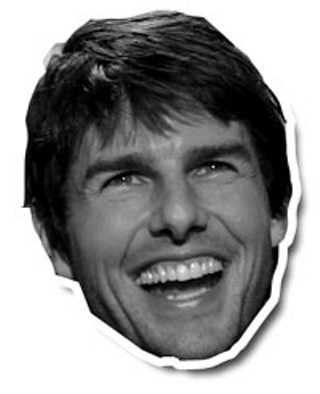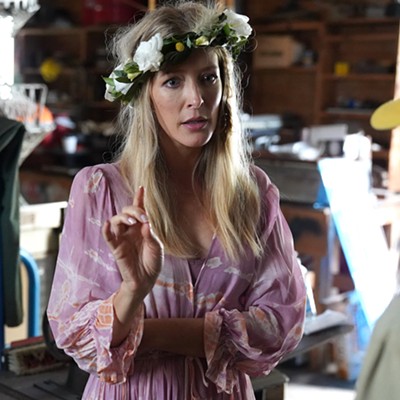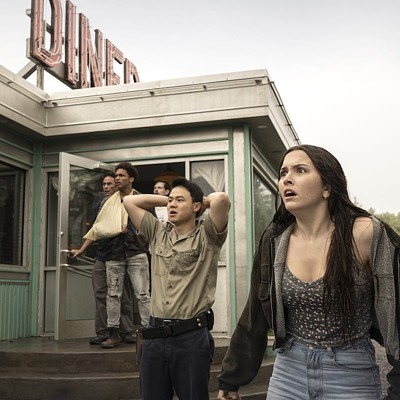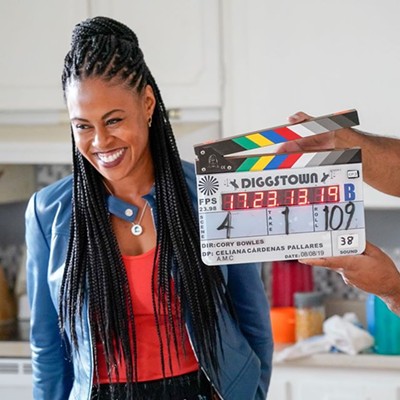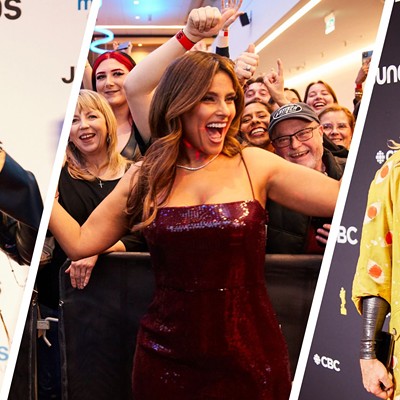Don’t be put off by the Starbucks Entertainment credit at the beginning of Akeelah and the Bee. Writer and director Doug Atchinson’s personalized genre movie evades corporate mentality. It’s the kind of assured work that should be a filmmaker’s breakthrough, but is so good-natured it’s at risk of going unrecognized. After all, where’s the edge in a story of an African girl’s spelling bee aspirations when it’s sharing multiplex space with an Internet sex predator and the faux-topicality of ’50s bondage pin-up Bettie Page?
This sense of displacement is also one of the movie’s themes, as fatherless, 11-year-old Akeelah (Keke Palmer) is told by her brother that she stands no chance of winning against “rich white kids.” Palmer and Atchinson are careful not to equate Akeelah’s highbrow linguistics as an initiation to white elitism. Spelling is the one thing she knows she’s good at, and it opens her self-confidence—strict academic competition gets balanced with the unassuming joy of being a kid.
Akeelah is tutored by Dr. Larabee (Laurence Fishburne). He pushes her hard, but encourages her to face the competition on her own terms. They discover her ability to find mnemonic rhythms in word spellings. The scenes between Larabee and Akeelah recall the Mr. Miyagi/Daniel relationship in The Karate Kid. Its underdog tale is met with as much earned uplift as that movie. Akeelah and the Bee really plays to an audience, and is best viewed with one. That this is pulled off is due to Atchinson’s fearlessness of grand gestures. Working from the gut, Akeelah’s story is made triumphant and funny and for real.
Mission: Impossible III
From a cultural standpoint, Mission: Impossible III has two major things against it. The first is that non-comic-book based action hero flicks that were standard in the ’80s and ’90s are now virtually extinct—deemed acceptable only under the condition that the hero is female (Kate Beckinsale) or emasculated (Orlando Bloom). Second, the world has chosen Tom Cruise as its new celebrity pariah.
Yet, it’s Cruise’s off-kilter nature that makes him so perfect as special agent Ethan Hunt. The real Tom Cruise may be crazy, but he also genuinely wants to save the world. It’s a conviction that means even when he’s not a great actor, he’s a great movie star. M:I III has Cruise running frantically across the globe, in search of both the mysterious “Rabbit’s Foot” and his abducted fiancee (Michelle Monaghan). It’s a thin storyline compared to the intricate narrative of the original film. With the previous installments helmed by major visual pop filmmakers Brian De Palma and John Woo, the third movie brings Mission: Impossible back to its TV show origins, as Lost and Alias creator JJ Abrams takes the helm.
He fills out the movie with an over-saturated colour scheme and a few good action sequences (especially a heist taking place on a Shanghai skyscraper). But I wanted the movie to be bigger, richer and more thrilling. It gets the job done, only without the added flourish and precision of what De Palma brought previously. It substitutes real cinema with good TV.

